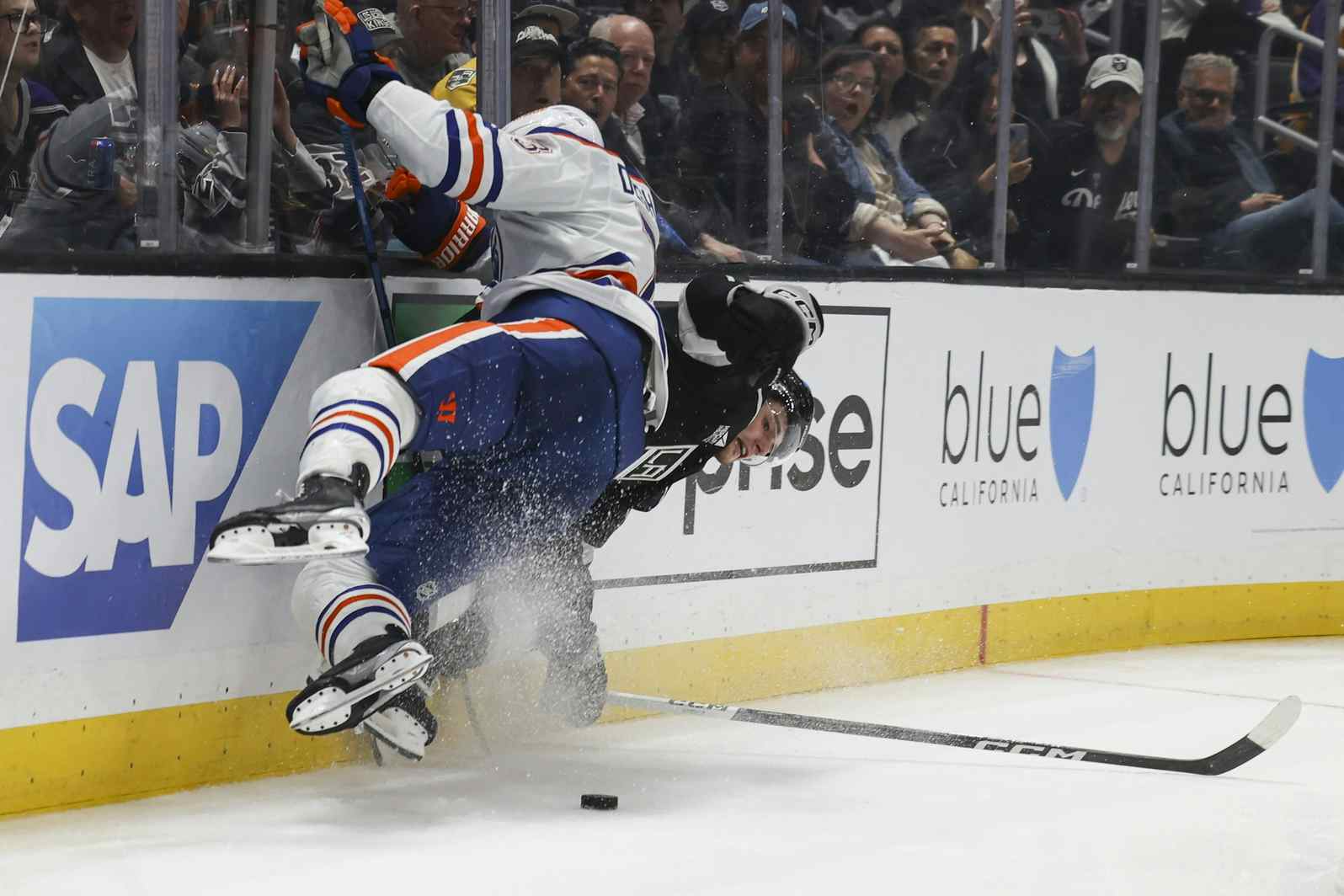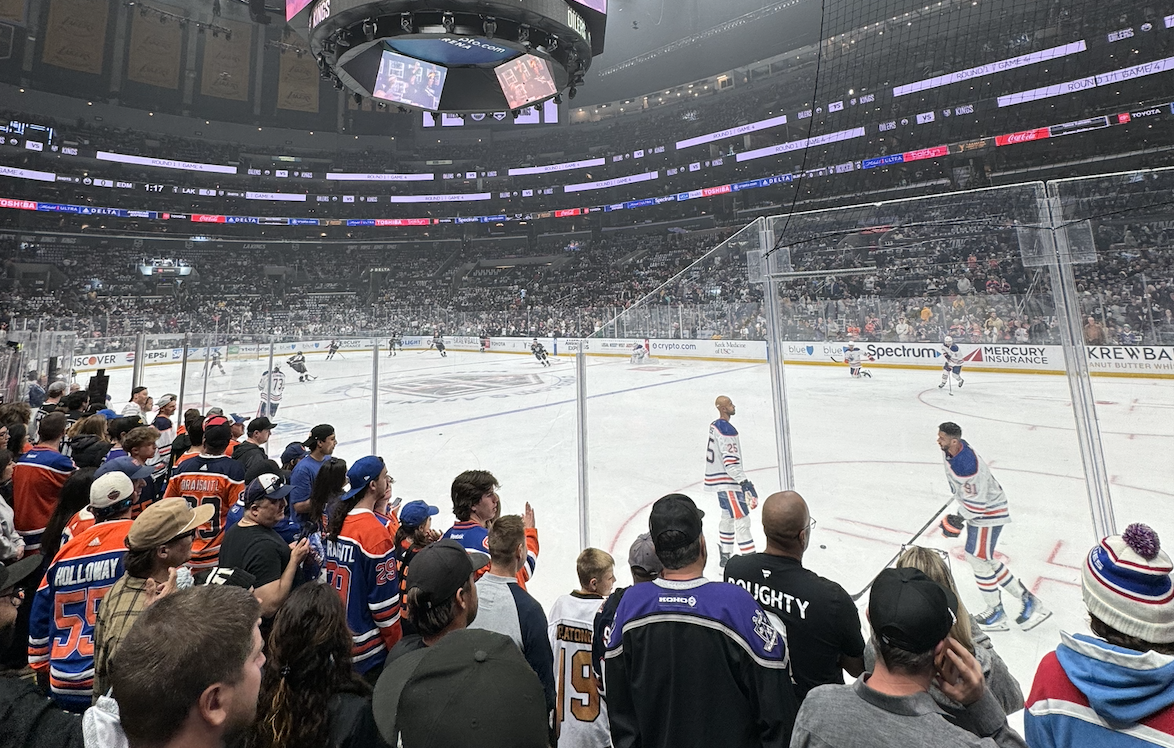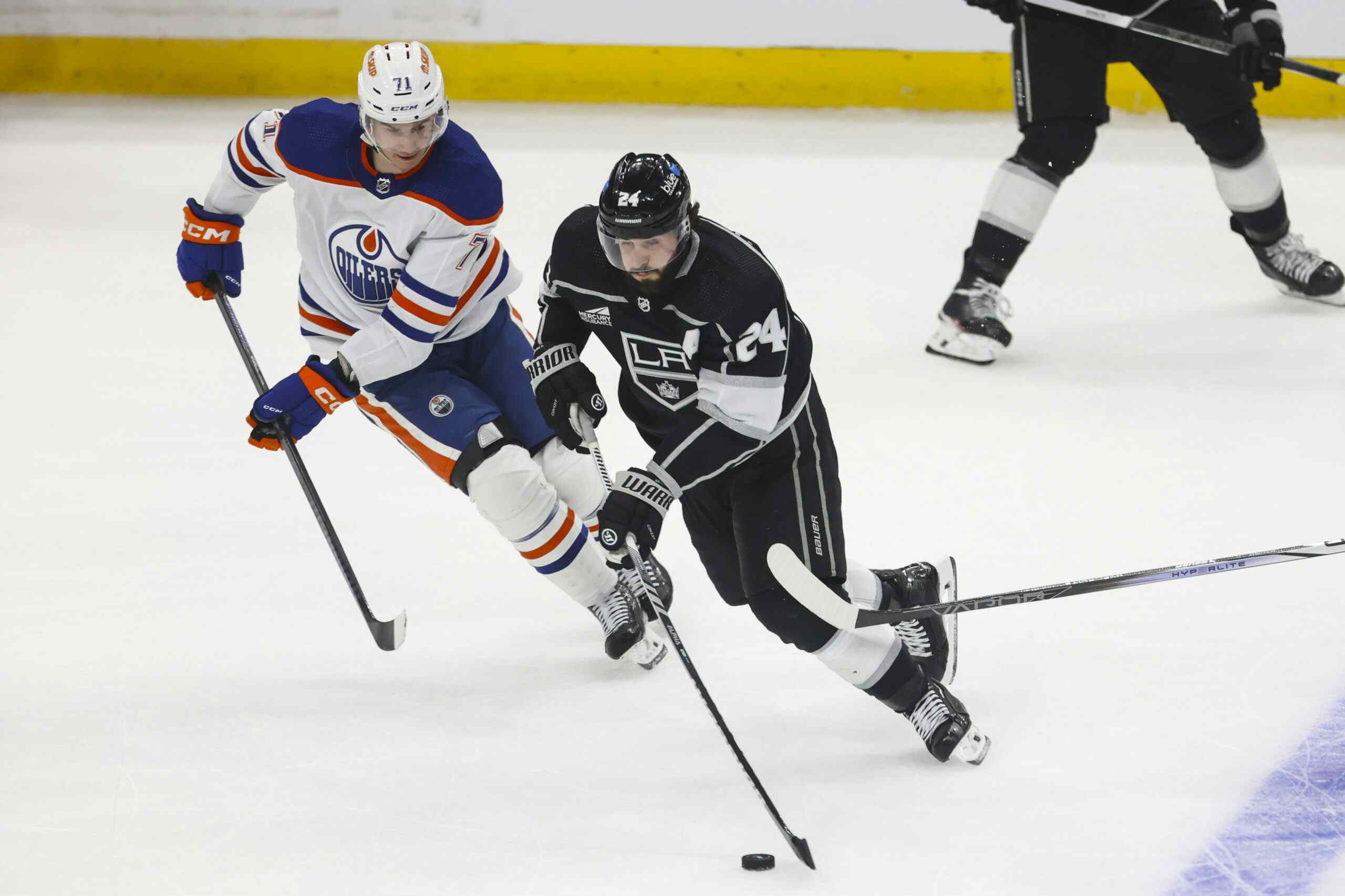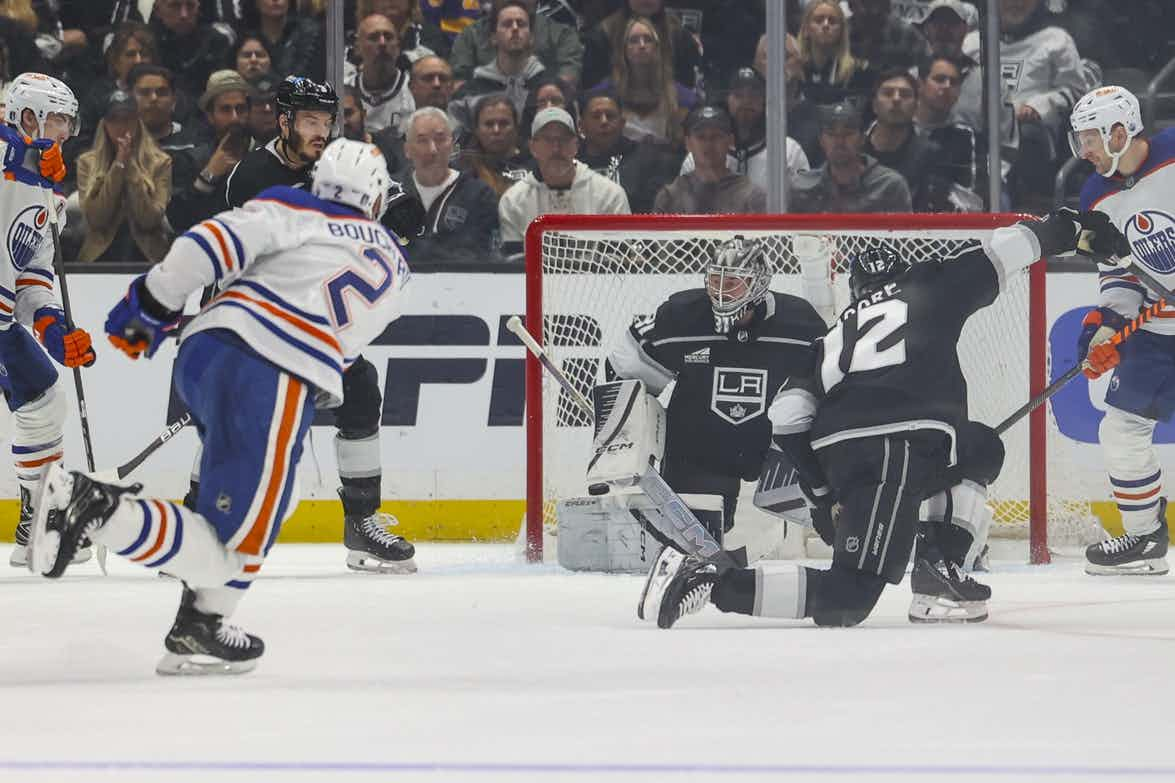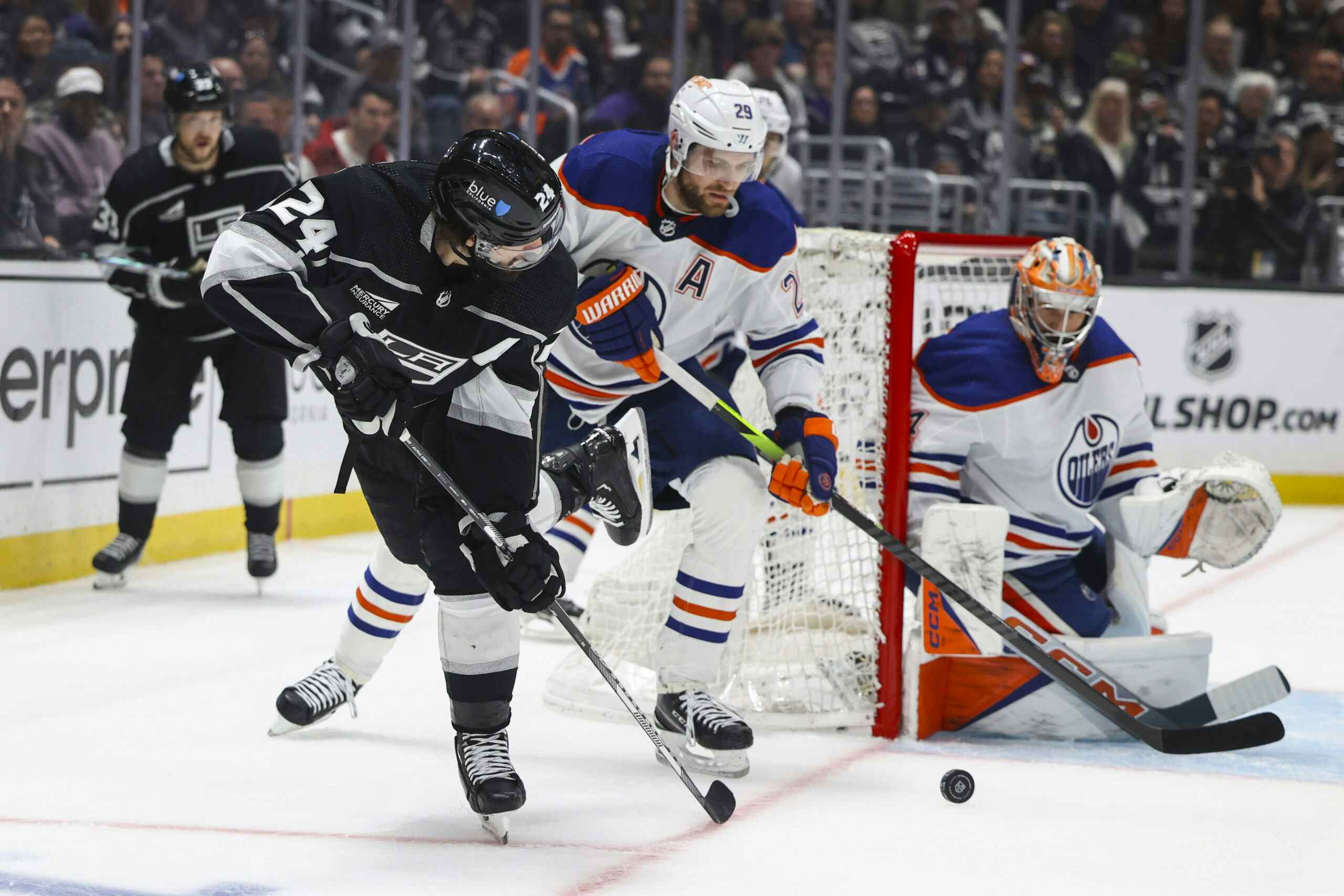2014-15 Goals Projection: Nail Yakupov

Nail Yakupov is the most interesting player on the Edmonton Oilers roster because he is still something of a mystery. He has high-end skill – his first overall selection in the 2012 Draft was no accident – and led all rookies in scoring in the lockout-shortened 2012-13 season. On the other hand, things went very, very, badly last season.
What should we expect from him in the goal-scoring department in 2014-15?
For those interested in a brief explanation of this series, see the first post in it (on Taylor Hall). Just a reminder about two things: I’m not projecting breakout seasons here (though they happen) and “comparables” are just the players inhabiting roughly the same roster position on the eight Western Conference playoff teams, and that empty-net goals are not included.
Games & Usage

It didn’t get a lot of attention, what with the minus-33 rating and occasional healthy scratches, but poor health was definitely part of the Yakupov story last year. TSN has him down as missing 16 games in all to ankle and head injuries after being the picture of health in 2012-13. Let’s peg him to miss half that, eight games, in 2014-15.
Yakupov’s ice time over the last two years has been virtually identical. He played 12.1 minutes per game at even strength in both 2012-13 and 2013-14; betting on him to be in that range again seems likely. His power play ice time fell from 2:28 per game in 2012-13 to 2:10 in 2013-14. I have a hunch we’ll see him bounce back to that 2012-13 number (or higher), but let’s play it conservative and split the difference at 2:19.
Goal-Scoring Curve
Yakupov’s shot rates at even-strength and on the power play over his two NHL seasons (via ExtraSkater.com) are as follow:
|
Despite the poor campaign, Yakupov’s shot rates spiked at both even-strength and on the power play in 2013-14, and they spiked more than our aging curve expected. That’s good news, and suggests the projection here may well be on the conservative side.
Using the above games played and ice time projections, Yakupov is expected to fire 98 shots at even strength and an additional 38 on the power play.
On his career he’s a 12.5 percent shooter at even-strength. Given that his career only consists of 136 shots in those situations, normally I’d dial that number down, but my eyes tell me this guy is a special finisher (not just my eyes, either; Red Line Report marked him as having the best shot in the 2012 draft and described him as having “tremendous release on a heavy shot… and can fit it through a keyhole”). If I’m right in leaving the shooting percentage as is, we would expect 12 goals at even-strength.
Yakupov’s power play shooting percentage on his career is 17.3 percent; my best guess is that it makes sense to move that halfway back toward his even-strength number, which would make him a 14.9 percent shooter. If that number is accurate, we would expect six goals on the power play.
Total: 18 goals. It’s not a great number for a first overall pick’s third season, though it is a big step up from last season’s 11-goal outing. Yakupov’s going to be awfully hard to predict – he could go anywhere from first unit power play to less ice time than last year, and at evens he’ll either benefit from the improvements on the wing or see them cut into his opportunities.
Comparables
- Anaheim: Jakob Silfverberg (10)
- Colorado: Maxime Talbot (7)
- St. Louis: Derek Roy (9)
- San Jose: James Sheppard (4)
- Chicago: Kris Versteeg (12)
- Los Angeles: Tyler Toffoli (11)
- Minnesota: Dany Heatley (11)
- Dallas: Antoine Roussel (13)
Average: 10 goals.
Derek Roy’s name is going to raise a few eyebrows, but he spent a bunch of time on the ice with Patrik Berglund and Vladimir Sobotka, so he’s slotted as a winger here rather than as one of the Blues’ four centres (the other two are David Backes and Max Lapierre).
As a rule, even good NHL teams don’t get a lot of goal-scoring out of their No. 6 winger, but the Oilers are a special case. It’s a good thing, too – as we’ll see when we look at their second and third line centres next time out.
RECENTLY BY JONATHAN WILLIS
Recent articles from Jonathan Willis

